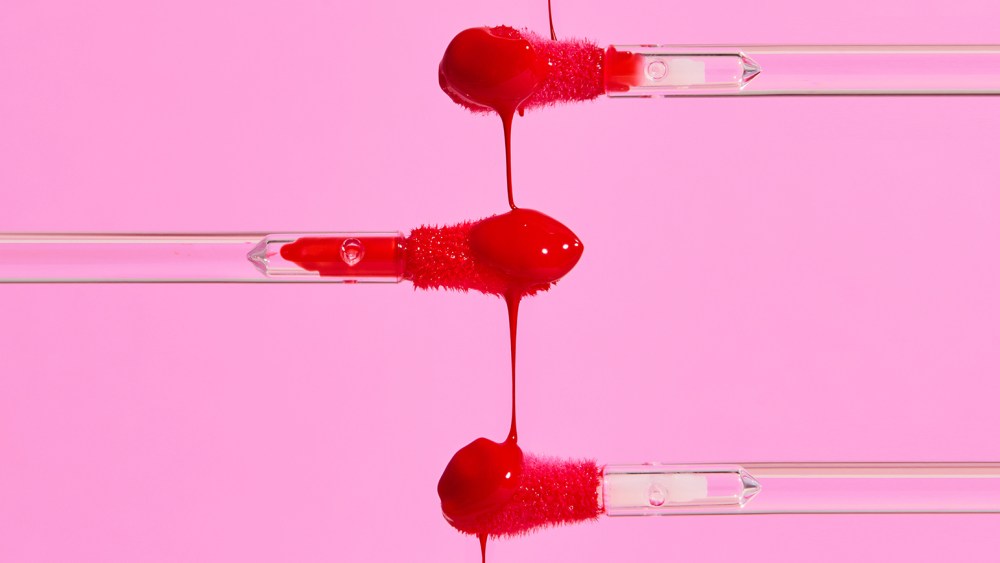The recent Cosmoprof Worldwide Bologna trade show in Italy, which wrapped up on March 23, 2024, emanated a vibrant and optimistic ambiance, despite broader issues like trade wars and geopolitical uncertainties impacting global markets. This year’s event marked a notable increase in attendance, with 255,000 visitors hailing from 150 countries—a 4.5% rise compared to the previous year. This surge is indicative of a cautiously positive outlook among various stakeholders in the beauty industry, wherein the show featured an expanded layout to accommodate rising demand across diverse product categories, resulting in a 5.8% growth in exhibition space and the participation of 3,128 exhibitors from 65 countries.
Exhibitors at Cosmoprof were keenly aware of the ever-changing landscape of the beauty market, which is estimated to reach a value of €612 billion globally by 2025, according to Euromonitor International. Brands engaged in discussions around innovative distribution deals and competitive strategies to secure their positions within a saturated market. The emphasis on sustainability remained a core focus, but brand representatives also acknowledged a shift towards reinventing traditional beauty archetypes and experimenting with innovative application methods. As consumer expectations evolve, beauty companies are embracing diversification and adaptability to stay relevant and meet the demands of a more discerning audience that values both quality and affordability.
Amidst these conversations, notable companies like Intercos Group have been leveraging innovation to boost sales, surpassing the €1 billion milestone with a growth rate of 7.8% over the previous year. This achievement was highlighted during discussions at the trade show, where Intercos’s robust global network, featuring 16 production plants in major markets, was underscored as a key factor in navigating challenges posed by protectionist policies. Despite setbacks such as a significant cyber-attack that impacted operations, Intercos demonstrated resilience and adaptability, achieving double-digit growth in quarterly revenues post-incident. With projections indicating further sales growth in 2025, Intercos’s strategy included ongoing investments in facilities and resources, particularly in Asia, to enhance their competitive edge.
Moreover, other industry players are also strategically positioning themselves for success. Paolo Valsecchi, CEO of Gotha Cosmetics, pointed out the importance of local production to better serve regional markets, citing that the beauty industry is evolving towards a model where Europe caters to European brands, Asia supports Asian needs, and the U.S. focuses on its domestic products. Valsecchi criticized the necessity for Italian companies to grow in size and strength within the global market, hoping to capitalize on the collaboration to elevate the industry as a whole. Furthermore, recent data from Cosmetica Italia highlighted an impressive 9.1% growth in sales among Italian beauty companies, bolstered by a strong emphasis on exports, further underscoring the potential for continued expansion.
International attention at the trade fair also indicated a thriving interest in capturing market opportunities, with companies like HCT making strategic acquisitions to diversify their offerings. The packaging giant recognized the value of proximity to manufacturing while balancing quality and cost, particularly in addressing shifting consumer preferences towards more sustainable options. Meanwhile, Lumson unveiled its first fragrance packaging collection in celebration of its 50th anniversary, signaling an interest in harnessing the growth potential of the global fragrance market, set to be valued at $65.49 billion by 2024. This strategic expansion reveals a robust appetite for smaller, convenient packaging that appeals to modern consumers—providing them with more variety and choice.
Another prevalent theme from the show was the rejuvenation of traditional beauty products through innovative reimagining. As brands moved to update classic items like lipsticks and eyeshadows, the focus was on enhancing user experience through multifunctional designs and high-performance formulations that cater to contemporary lifestyle demands. For instance, innovations in lipstick technology that embrace both shine and longevity reflect the industry’s push to meet the expectations of a more discerning consumer base. Additionally, brands like Chromavis introduced hybrid textures that optimize makeup use, integrating advanced functionalities to meet fast-paced application needs—where consumers expect products that deliver benefits without compromising their busy schedules.
In summary, Cosmetics Worldwide Bologna served as a dynamic platform where innovation, adaptability, and strategic expansion became central themes. As the global beauty industry grapples with evolving consumer preferences and competitive pressures, the need for brands to embrace sustainability, localize production, and experiment with new delivery methods has never been more apparent. The collective efforts observed during this year’s trade fair illuminate a vivid picture of resilience and forward-thinking within the beauty sector, poised to navigate challenges head-on while adapting to the fluid nature of consumer demands in the years to come.

